READY TO GET STARTED?
REQUEST A FREE ESTIMATE
Fill out the form below or call (888) 466-7849 for a free, no-obligation estimate.
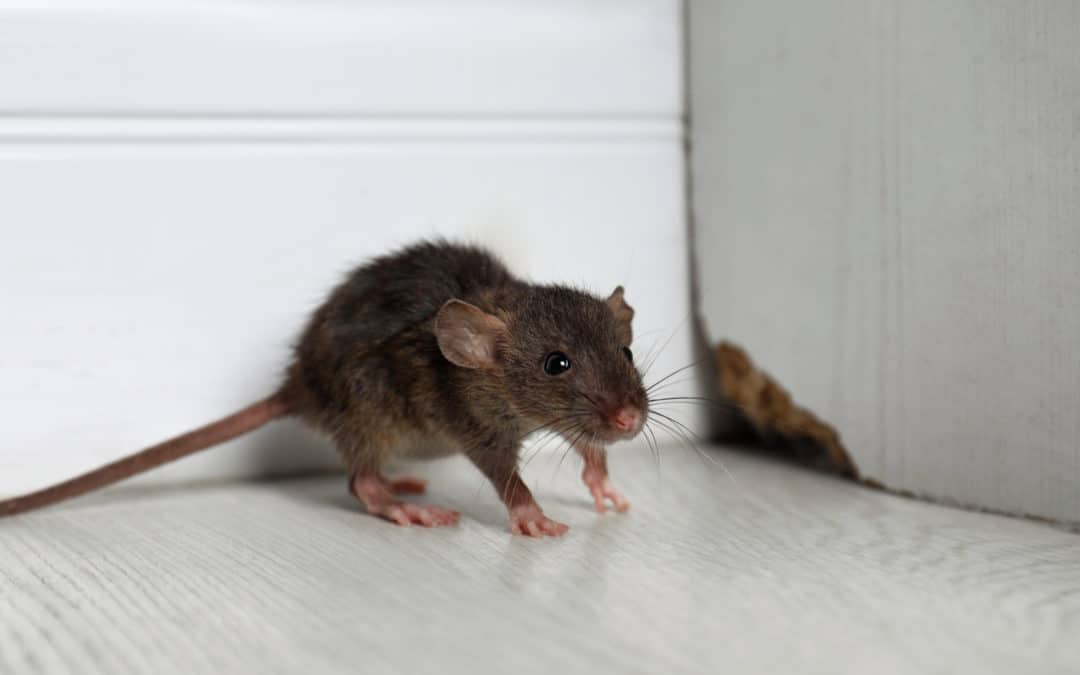
Rodents such as mice and rats are one of the most common household pests. While they are definitely nuisance pests, they can also cause property damage to your home, as well as transmit serious diseases to you and your family.
The first step in rodent control is to determine that you have an infestation. Common signs of rodents include droppings near food sources; shredded paper, fabric, and other nesting materials; chewed food packages; holes chewed through walls and floors; and stale smells from hidden areas of your home.
Rodents are attracted to unsealed food containers, pet food and water that’s left out, open bowls of fruit and vegetables, leaky faucets and pipes, open trash cans, and compost containers among other things. They enter your home in search of these things. They get in through holes from the exterior of the home, holes around sink and appliance pipes, cracked foundations, unscreened vents, and holes around windows and doors.
The first step in rodent control for your home is prevention. If you can keep these pests from infesting your home in the first place, you won’t have to get rid of them later. Common rodent control methods you can utilize in your house include:
If you have a problem with rodents or other pests, contact your local pest control company for an evaluation.
DIY Pest-Proofing for Fall Wildlife
Are Granddaddy Long Legs Spiders?
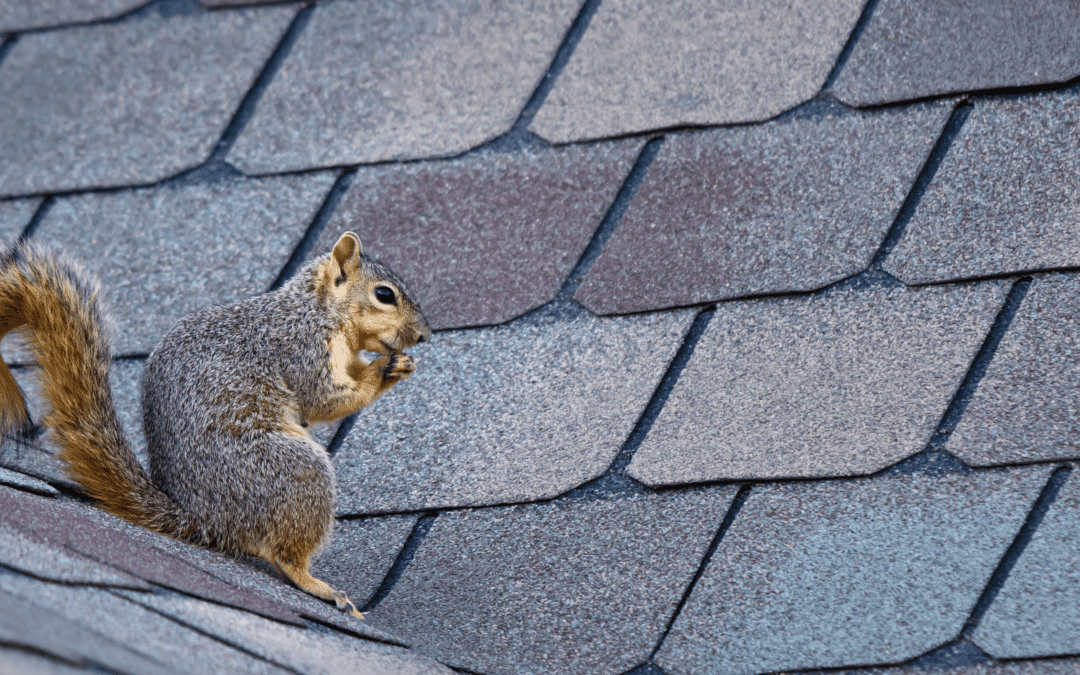
August is here and as much as we don’t want to think about it, fall is right around the corner. As the days begin to get shorter and temperatures drop, wildlife creatures begin to prepare for the fall and winter seasons. Fall is the time when wildlife search for warm shelter and begin to stock up on food, sometimes leading them right to your home!
Here are some of the most common wildlife critters that can find refuge in your home for winter, along with some ways to prevent them from taking up residence in your home.
Squirrels like to “fatten” up in the fall as they get ready for the colder months. They often seek shelter in attics where they will make their nests and store their food. They are especially hazardous in homes because they have a tendency to chew through wires and wood, creating significant damage to your home.
Some ways to prevent squirrels:
Like squirrels, raccoons also like to “fatten” up for the winter. Raccoons are nocturnal, which means they are more active at night. When the weather gets cooler, this causes raccoons to become more active and creative in their search for food. They will often find food in your trash cans and home and can often enter your house through the roof. They are known to seek shelter in either your attic or crawl space.
You can prevent raccoons by:
Rodents, like mice and rats, will begin to be more active in the fall and you can usually hear them in your walls or attic. They seek shelter in your home because it supplies them with an available food supply throughout the winter.
Prevent rodents this fall by:
Bats
Once the temperature dips below 45 degrees Fahrenheit, bats will begin their hibernation. While some species of bats do migrate south once the weather cools off, some will be in search of warm, dark spaces to roost that are hidden from predators. Unfortunately, they will often roost in the attic or chimney of your home.
You can prevent bats by:
Wildlife removal can be a difficult task to handle on your own, as there are some regulations for certain species. It is often best left to the professionals. If you suspect you have a wildlife problem, contact your local professional wildlife control company. These professionals will inspect your home to identify the animal problem. They will also provide you with the best plan of action to remove nuisance wildlife and prevent it in the future.
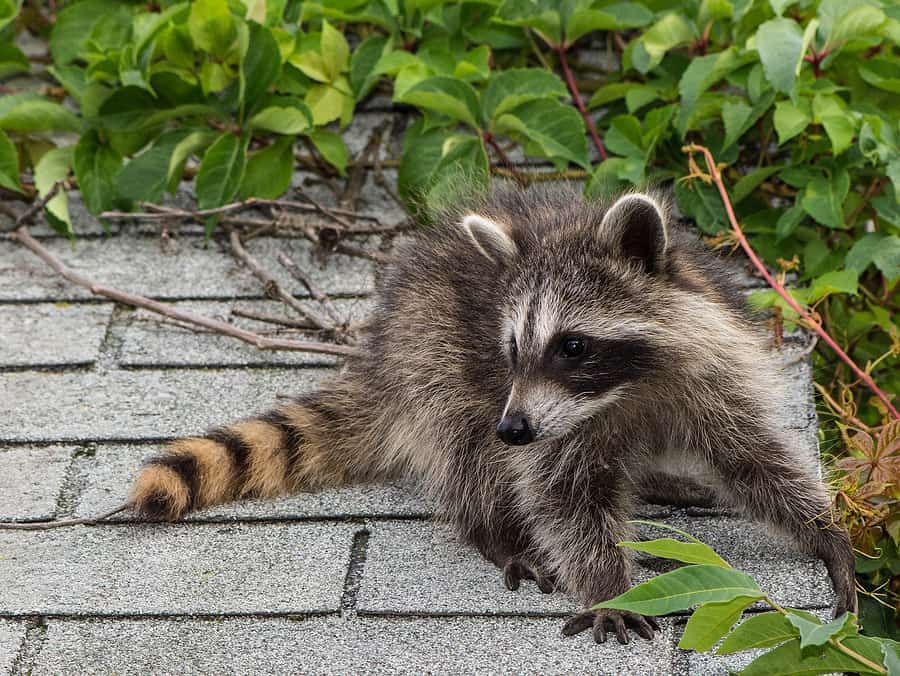
Now that winter is here, it is time to make sure your attic is not harboring wildlife from the cold. The most common pests that find refuge in attics are racoons, squirrels, bats, birds, and mice. These pests can cause severe damage to your home and pose a significant threat to your health.
There are many ways for wildlife creatures to get into your home. The most obvious ways are through vents and construction gaps. These can sometimes be unavoidable, since rodents can squeeze through cracks as small as half an inch wide. Some of the pests can be taken care of with DIY pest control, but some do need professional attention. Bats are a pest that you should not take care of yourself. They can carry rabies and some species are protected.
The damage that can be caused in your attic can be anything from chewed wires to disturbance to your insulation, which can end up being costly for you. There are many ways to implement wildlife control in your attic. Here are a few of our favorites below:
If you believe that you have wildlife in your attic, consider calling your local pest control company to help locate entry points, safely remove them, and prevent them from entering your house in the future.
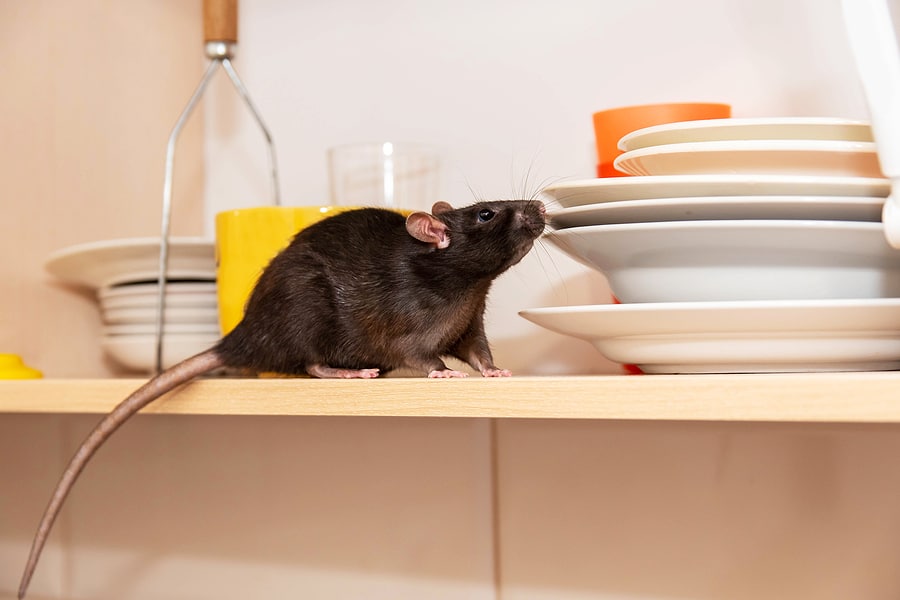
As members of the rodent family, mice and rats look very similar and are often mistaken for one another. Both are harmful, transmitting serious diseases to humans and pets, contaminating surfaces in our home, and chewing through structures and wires, causing damage and putting you at risk for fires. How do you know if you are dealing with a mouse vs rat? Here are 5 key differences between these two rodents.
Mice are noticeably smaller than rats, growing 3 to 4 inches in length. Mice weigh anywhere from 0.5 oz to 3 oz. A mouse’s tail is equal in length to its body and is thin, long, and covered in hair. Mice have small heads and large ears with pointy, triangular snots and smooth fur. Mice can be white, gray, or brown in color. Rats, on the other hand, are much larger, measuring 9″ to 11″ in length and weighing anywhere from 12 oz to 1.5 lbs. A rat’s tail can be 7″ to 9″ in length and is long, thick, scaly, and hairless. Rats have small ears and large heads with blunt snouts. They have coarse fur that can be dark brown or multicolored.
Mice have smaller droppings, about 1/4″ in length. Mice droppings are black with pointed ends and resemble a grain of rice. Mice can leave up to 100 droppings at a time. Rat droppings are larger with an elongated oval shape. These droppings are about 3/4″ long, black in color, and resemble a banana. Rats can leave up to 50 droppings at a time. Rodent droppings of both species are known to carry diseases that can be harmful to humans.
While both species are omnivores, their diets tend to vary. Mice commonly eat fruit, seeds, and plants. In your home they may nibble on bread crumbs or other cereals and grains. Their palates are not as wide as rats. Mice can also survive on 3 mL of water per day. Rats, on the other hand, will eat almost anything, even scavenging through your garbage for fruit, eggs, meat, and other leftovers. They will also eat plants and seeds. Rats need anywhere from 15 to 60 mL of water per day.
While both rats and mice will come into your home, they tend to frequent different areas once inside. Mice can be found in garages, under trees, under decks, and in walls and other voids that are too small for other rodents to get into. The species of rat you are dealing with determines where they prefer to live. Norway rats can be found in sewers, inside walls, and in cellars. They prefer lower levels of your home to reside in. Roof rats prefer higher environments, often being found in cabinets and attics.
Mice are nocturnal animals. They are timid but social within their own populations. They are very territorial and more curious than rats, making them easier to trap. They are skillful climbers and can access areas rats can’t because of their small size. Rats are also nocturnal but are more cautious and fearful of new things than mice are, making them more difficult to trap. Rats are also skillful climbers. Both rats and mice will gnaw through structures and wiring in your home, causing damage and putting you at risk for fire. Mice have weaker teeth and can’t chew through glass or metal to get to food. Rats have much stronger jaws and have been known to chew through wood, glass, sheet metal, aluminum, and even cinder blocks.
Regardless of which pest you are dealing with, proper identification and treatment is essential to eliminating them. Contact your local pest control company who can determine which type of pest you have and set you up with the appropriate rodent control plan to eliminate them.
Cockroaches: Types and Prevention Tips
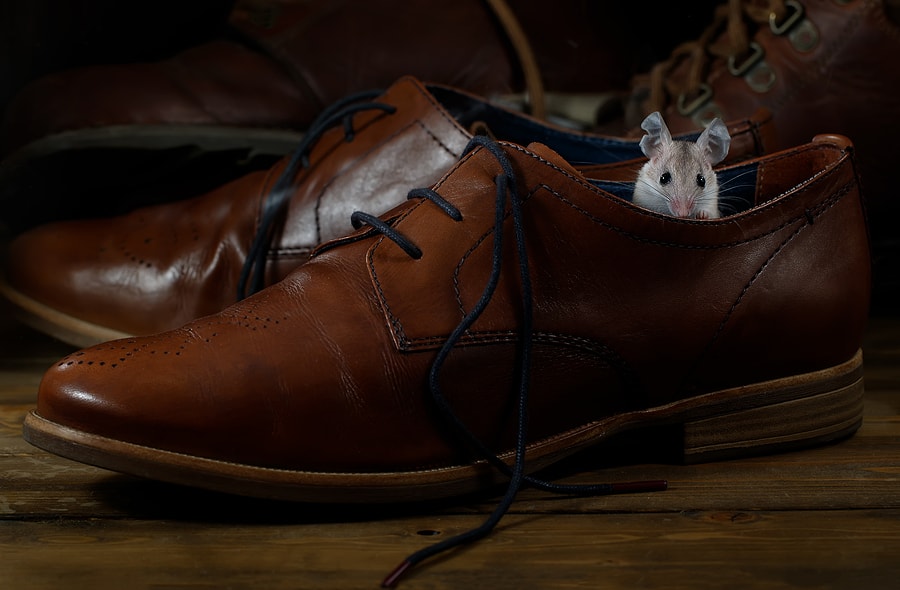
Mice are incredibly resourceful as they can quickly adapt to new environments. Small in size, these pests are looking for a warm place to shelter and provide a food source. If these rodents make it indoors, they can cause significant damage to your home. Here we list the major signs of mice in your home and how you can prevent them.
Seeing holes, tears, and gnaw marks is a major sign that mice are indoors. You can typically see this damage in bedding, clothing, fabrics, and other materials. Mice will use these shredded fabrics to help build their nests, usually located in dark, secluded areas. These pests will also chew and leave gnaw marks on inedible materials such as wood, plastic, cables, and electrical wiring.
A more obvious sign of a mouse infestation is hearing noises throughout the night. Mice can fit through holes and openings smaller than their bodies. Using their ability to fit through the smallest hole, they will often use the spaces between joists to travel from one part of the house to the other. If a mouse has gotten inside the walls, you’ll often hear scratching or scrabbling noises.
Another alarming sign that a mouse is inside is seeing their feces. Mouse droppings are around three to six millimeters or ¼ inch in length. They typically resemble small grains of rice and sometimes can be mistaken for cockroach droppings. If you see mouse droppings, it’s best to carefully pick them up with gloves and place them in a sealed plastic bag to ensure they don’t release bacteria or virus particles.
To help prevent mice, place the preventative measures below throughout your house.
If you notice any signs of mice inside your house, consider reaching out to your local pest control provider, where they will provide you with the best plan of action.